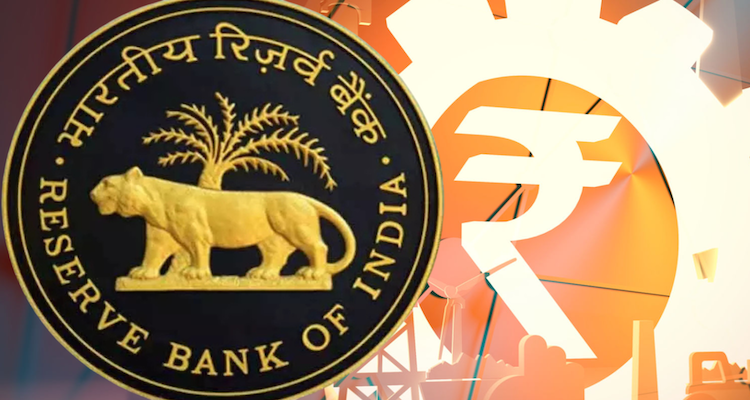Eurozone Bond Yields Hold Steady as ECB Cuts Rates: What’s Next?
The ECB cut interest rates by 25 basis points to 2.75%, keeping markets steady. What does this mean for the eurozone economy and future policy shifts?
ECB Rate Cut Steadies Eurozone Markets Amid Growth Concerns
The European Central Bank (ECB) took a widely anticipated step on Thursday by lowering interest rates by 25 basis points to 2.75%, marking its fifth rate reduction since June last year. While this move aimed to support economic stability, it left investors speculating about further monetary easing in the coming months.
The ECB’s decision reflects its confidence in the disinflation process, stating that inflation is “well on track.” However, weak economic indicators have raised concerns that the central bank’s current stance may still be too restrictive for the eurozone’s fragile growth.
Bond Yields and Euro React to ECB Decision
In response to the rate cut, eurozone government bond yields remained relatively steady. Germany’s 10-year bond yield, a key benchmark for the region, fell six basis points to 2.51%, reflecting cautious optimism among investors. Earlier declines in yields were driven by underwhelming economic growth data.
The euro also showed limited movement, slipping 0.2% against the dollar to $1.0403. This mild dip suggests that the market had largely priced in the ECB’s rate adjustment ahead of the announcement. Analysts believe that future rate cuts could put additional pressure on the euro, particularly if the Federal Reserve maintains a more hawkish stance.
Stock Market Edges Higher Despite Economic Stagnation
The pan-European STOXX 600 index climbed 0.6% to 537.23 points, flirting with its record intraday high of 537.7. This uptick highlights investor confidence in equities despite a lackluster economic backdrop.
Data released on Thursday showed that the eurozone economy stagnated in the fourth quarter, falling short of projections for a modest 0.1% expansion. The sluggish growth underscores concerns that monetary policy might not be loosening fast enough to support economic recovery.
How Many More Rate Cuts Could Be on the Horizon?
Markets are now speculating about the ECB’s next steps. Money market futures indicate that investors are pricing in around 69 basis points of additional easing in 2025, equating to two more quarter-point cuts. There is also a 75% probability of a third reduction, signaling expectations for a prolonged period of monetary accommodation.
Despite these projections, ECB policymakers have not committed to a clear trajectory for further cuts. ING’s Global Head of Macro, Carsten Brzeski, cautioned that the deposit rate of 2.75% remains restrictive given the eurozone’s current economic conditions. He noted that further adjustments might be necessary to support growth without compromising the fight against inflation.
The Broader Impact: What This Means for Consumers and Businesses
For households and businesses, the ECB’s latest move could gradually ease borrowing costs, making loans and mortgages slightly more affordable. However, the real impact will depend on how quickly commercial banks pass on the benefits of lower rates to consumers.
Corporate borrowing could also see some relief, potentially boosting investment in sectors struggling with high financing costs. That said, ongoing economic weakness may dampen business sentiment despite more accommodative monetary policy.
Global Context: ECB vs. Federal Reserve
The ECB’s decision contrasts with the U.S. Federal Reserve’s current stance, where policymakers remain cautious about cutting rates too soon. While inflationary pressures in Europe have subsided, the Fed continues to weigh inflation risks against economic performance.
If the Fed keeps rates higher for longer while the ECB continues to ease, the interest rate differential could put downward pressure on the euro, affecting trade balances and investment flows.
A Measured Approach Amid Uncertainty
The ECB’s latest rate cut signals an ongoing effort to balance inflation control with economic growth. While markets responded with relative calm, uncertainty remains regarding future rate cuts and the broader economic outlook.
For now, investors and policymakers will closely watch inflation trends, GDP data, and global monetary policies to gauge the next moves. With the eurozone economy teetering on stagnation, further rate adjustments could be necessary to prevent prolonged economic weakness while maintaining financial stability.
Source: (Reuters)
(Disclaimer: This article is based on publicly available information and is subject to change. Readers should refer to official sources for the latest financial updates and policy decisions.)
Also Read: Budget 2025: India to Reduce Duties on Some US Imports After Trump’s ‘Tariff Abuser’ Remark











